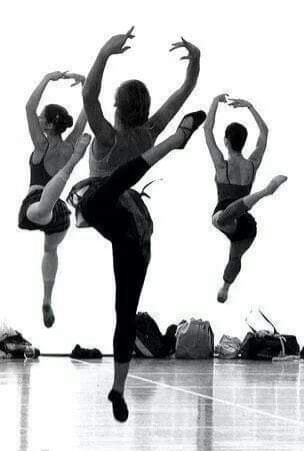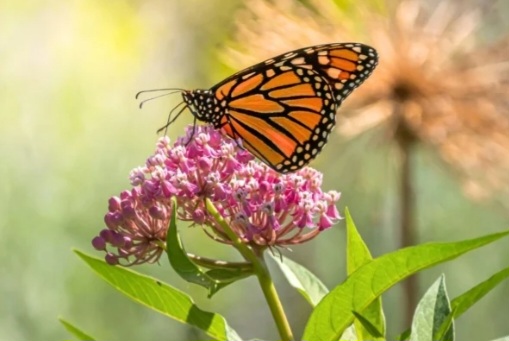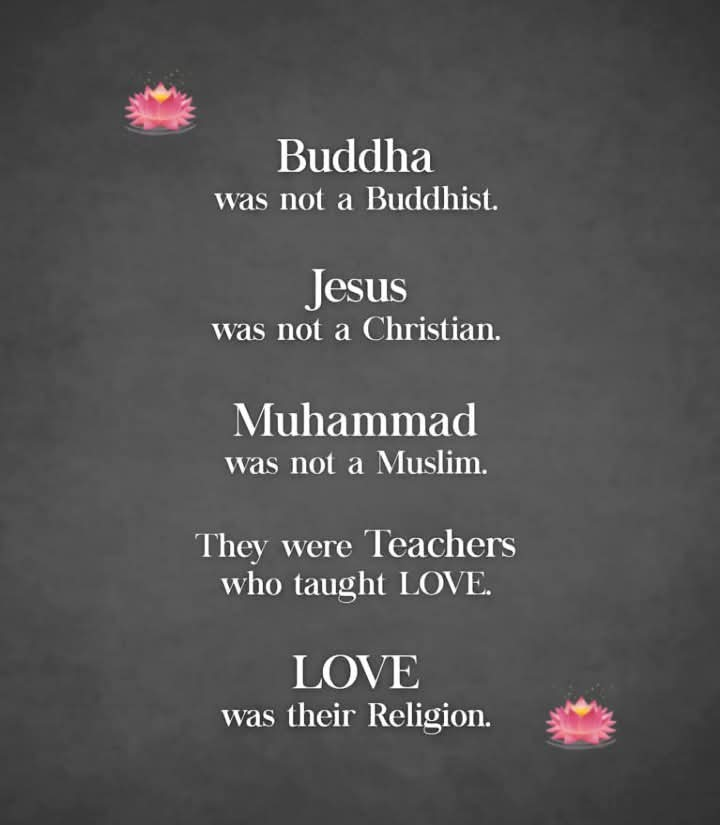There’s a quote that floats through studios, stages, and social feeds:
“Dancers are the athletes of God.”
It’s often attributed to Albert Einstein, though no one’s ever found solid proof he said it. But let’s be honest—Einstein had a thing for music, mystery, and motion. He once said if he weren’t a physicist, he’d have been a musician. So even if he didn’t say the dancer quote, it fits the vibe.
Because dancers aren’t just performing for applause. They’re moving in harmony with something much deeper—rhythm, emotion, spirit. Dance is where the body becomes an instrument. It’s where joy and sorrow get turned into movement. It’s where the soul whispers through the hips, the hands, and the breath.
In this article, we’ll explore the spiritual, musical, mental, and cognitive benefits of dance—and why this ancient art form might be the most natural medicine we’ve ever known.
The Body as Prayer: Dance and the Spiritual Dimension
Throughout history, dance has been used to touch the divine.
Before temples had walls or scriptures had words, people danced around fires and under stars. Dance was ceremony. Dance was connection. It still is.
In Sufi whirling, dervishes spin themselves into transcendence. In Indigenous traditions, ceremonial dances call on ancestors, elements, and animal spirits. In Gospel churches, bodies sway and stomp in joyful praise. In ecstatic dance gatherings today, movement becomes a modern form of liberation and healing.
Dance bypasses the intellect and speaks directly to the soul. You don’t need choreography to feel it. You just need willingness. A drumbeat. A breath. A heartbeat.
That’s the magic: Dance doesn’t ask for belief—it creates it.
Music and Movement: A Marriage Older Than Language
Music and dance are inseparable. You rarely get one without the other. Why?
Because music moves us—literally and emotionally. Our bodies are rhythm-sensitive instruments. Even babies sway when they hear a beat. Even those who say, “I can’t dance,” often tap a foot or nod their head when the right song comes on.
Neurologically, music activates areas of the brain tied to emotion, timing, reward, and motor coordination. When paired with dance, these systems light up like fireworks.
Dancers often describe the sensation of “becoming” the music. It’s not just hearing a beat—it’s embodying it. The arms become the swell of the strings. The chest becomes the thump of the drum. It’s not performance. It’s partnership.
This is why many people cry when they dance. Or laugh. Or feel chills. Music brings the emotion, and movement gives it shape.
Dance and the Brain: A Cognitive Superpower
Here’s something scientists are getting excited about: Dancing is one of the best things you can do for your brain.
Unlike repetitive workouts, dance demands engagement, creativity, and coordination. You have to:
• Remember steps (activating memory)
• Anticipate movement (using planning and timing)
• Stay present in rhythm (firing sensory and motor systems)
• Often interact socially (which boosts emotional intelligence)
A famous study published in the New England Journal of Medicine found that regular dancing significantly reduced the risk of dementia, even more than reading or doing crossword puzzles.
Why? Because dance isn’t just physical. It’s cognitive. It’s emotional. It’s musical. That layered stimulation makes it a mental workout disguised as fun.
It’s also neuroplastic. That means dancing can help rewire the brain after trauma, stroke, or depression. It can also help those with Parkinson’s and Alzheimer’s reclaim a sense of rhythm and dignity.
Dancing Through the Blues: Mental and Emotional Health Benefits
Dance is not just good for your head—it’s good for your heart. Not the blood-pumping one (though yes, that too), but the feeling one. The hurting one. The joyful one.
Studies in dance/movement therapy have shown that dance can:
• Lower levels of cortisol (the stress hormone)
• Reduce symptoms of anxiety and depression
• Improve body image and self-esteem
• Boost feelings of connection and trust in group settings
And let’s not forget the most basic truth: Dancing feels good. That alone is a powerful medicine in a world so often overloaded with screens, stress, and self-doubt.
Whether you’re doing a solo kitchen shuffle or flowing in a dance circle under the moon, movement helps release what words sometimes can’t touch.
What the Quote Means to Dancers
We asked a few dancers and movement lovers what the quote “Dancers are the athletes of God” means to them—not in terms of competition, but connection.
“When I dance, I feel like I’m being danced. Like something else takes over. It’s not about steps. It’s about surrender.”
– Luca, 29, ecstatic dancer
“For me, dancing is prayer in motion. I don’t know any other way to talk to the universe that feels this honest.”
– Maya, 41, yoga and dance teacher
“Dance saved me from my depression. It gave me a way to feel again. To be seen without saying a word.”
– James, 22, street dancer
These stories remind us: Dance is not just movement. It’s meaning.
10 Quotes That Capture the Soul of Dance
Here are some quotes that might just make your heart want to sway:
• “Dancers are the athletes of God.” – often attributed to Albert Einstein
• “Dance is the hidden language of the soul.” – Martha Graham
• “When you dance, you can enjoy the luxury of being you.” – Paulo Coelho
• “Dance first. Think later. It’s the natural order.” – Samuel Beckett
• “If I could say it, I wouldn’t have to dance it.” – Isadora Duncan
• “Music is the prayer the heart sings. Dance is the answer the body gives.” – Unknown
• “To dance is to be out of yourself. Larger, more powerful, more beautiful.” – Agnes de Mille
• “In dance, no one is silent.” – Gabrielle Roth
• “Dancing is like dreaming with your feet.” – Constanze
• “Your body is your temple. Keep it pure and clean for the soul to reside in—and let it dance.” – Ancient proverb
Conclusion: The Soul’s Favorite Language
So, are dancers the athletes of God?
Maybe. Or maybe they’re the poets. The prophets. The ones who remind us how to listen with more than ears. How to feel with more than thoughts. How to heal without saying a single word.
Dance is how the invisible becomes visible. It’s how the music inside us gets out. It’s how we return to something older than thought—instinct, pulse, presence.
In a world full of noise and numbness, dance is a call back to aliveness. Back to rhythm. Back to joy.
So go ahead. Dance. In your room. In the rain. In your mind.
|
|







